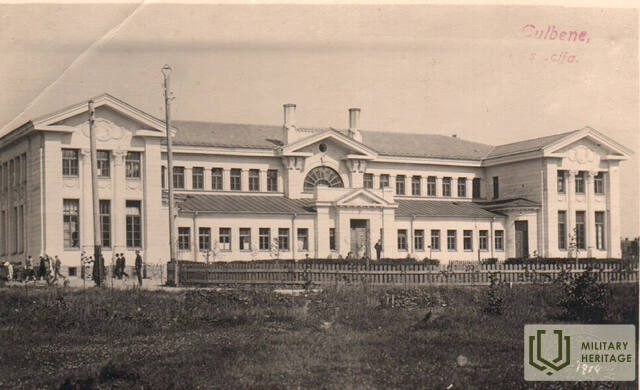Gulbene Railway Station Museum

The Gulbene Railway Station is located in the city of Gulbene. During World War I, in 1916 to 1917, the narrow-gauge railway line to Pļaviņas was reconstructed to 1,524 mm width to ensure that it can serve as a connection to the Rīga-Daugavpils line. In addition, a railway line to Ieriķi and to Sita was constructed, thereby establishing a connection with Pytalovo. As a result, Gulbene became a railway hub. The current station building by architect Pēteris Feders was constructed in 1926. During the War of Independence, on 31 May 1919, when Gulbene was liberated from the Bolsheviks, the 1st (4th) Valmiera Infantry Regiment collected a significant number of war trophies here. On 14 June 1941, both civilians and Latvian Army officers arrested in the Litene Summer Camp were deported from the Gulbene Railway Station. As a key hub, it was bombed in the spring of 1944. After the war, it was restored to its original form. An educational and interactive centre named ‘Railway and Steam’ was opened in 2018. Next to the Gulbene station is the company SIA Gulbenes – Alūksnes bānītis, which offers interactive lessons and tours. Visitors have access to the station building and platform, a memorial plaque and a monument to the repressed ones by sculptor Indulis Ranka.
Used sources and references:
GNVMM Museum Collection
Related timeline
Related topics
Related stories
About the Latvian War of Independence and the events of 1919 in Alūksne
On March 27, 1919, the 1st Valmiera Infantry Regiment, together with the Estonian Guards (kaitselit) battalions of Tallinn (then Rēvele) and Tērbatas, as well as three armored trains, began the liberation of Latvia from the Bolsheviks from the banks of the Melnupe River.






































